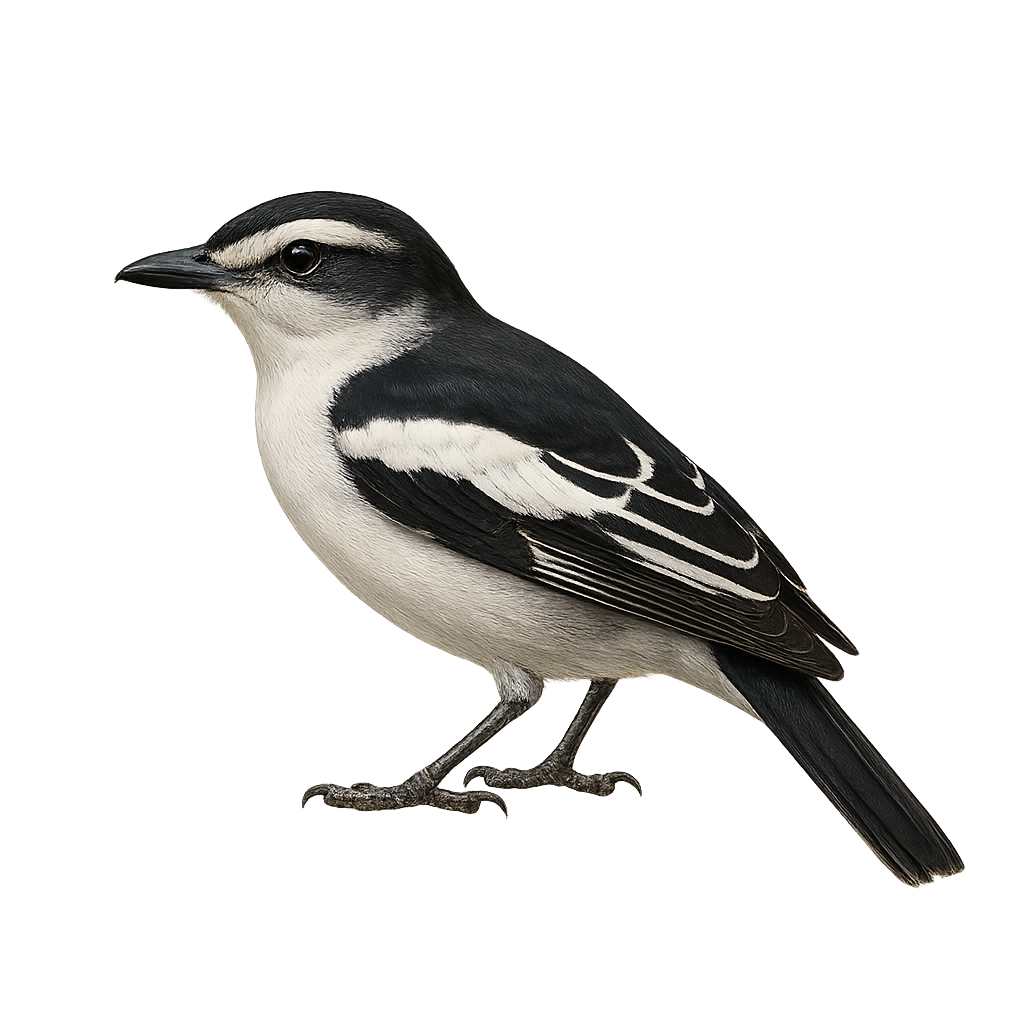Your wildlife photography guide.
Explore the black-winged cuckooshrike in detail, study its behavior, prepare your shots.
Where to observe and photograph the black-winged cuckooshrike in the wild
Learn where and when to spot the black-winged cuckooshrike in the wild, how to identify the species based on distinctive features, and what natural environments it inhabits. The WildlifePhotographer app offers tailored photography tips that reflect the black-winged cuckooshrike’s behavior, helping you capture better wildlife images. Explore the full species profile for key information including description, habitat, active periods, and approach techniques.
Black-winged Cuckooshrike
Scientific name: Lalage moesta

IUCN Status: Least Concern
Family: CAMPEPHAGIDAE
Group: Birds
Sensitivity to human approach: Suspicious
Minimum approach distance: 10 m
Courtship display: September to December
Incubation: 13-15 jours
Hatchings: September to January
Habitat:
Tropical forests, subtropical forests, mangroves
Activity period :
Primarily active during the day, with peak activity in the morning and late afternoon.
Identification and description:
The Black-winged Cuckooshrike is a medium-sized bird known for its distinctive grey and black plumage. It primarily inhabits tropical and subtropical forests, where it feeds on insects and fruits. This bird is often seen in small groups or pairs, actively moving through the canopy in search of food. Its ability to blend into its environment with its dark plumage sometimes makes it difficult to spot. Although not endangered, deforestation poses a potential risk to its natural habitats. It is appreciated by birdwatchers for its melodious song and discreet presence.
Recommended lens:
400 mm – adjust based on distance, desired framing (portrait or habitat), and approach conditions.
Photography tips:
To photograph the Black-winged Cuckooshrike, it is advisable to use a telephoto lens of 400mm or more to capture detailed images without disturbing the bird. Look for it in the canopy of tropical and subtropical forests, where it often moves in small groups. Be patient and discreet, as this bird is suspicious and can easily fly away if disturbed. Take advantage of moments when it is feeding or singing to get interesting shots.
The WildlifePhotographer App is coming soon!
Be the first to explore the best nature spots, track rutting seasons, log your observations, and observe more wildlife.
Already 1 430 wildlife lovers subscribed worldwide

